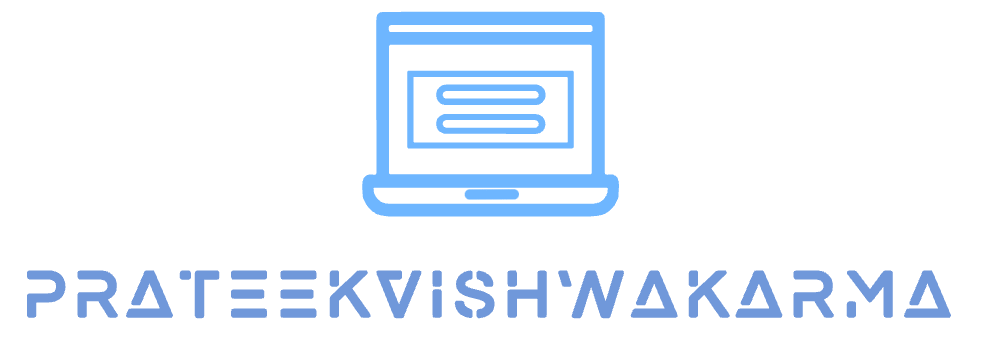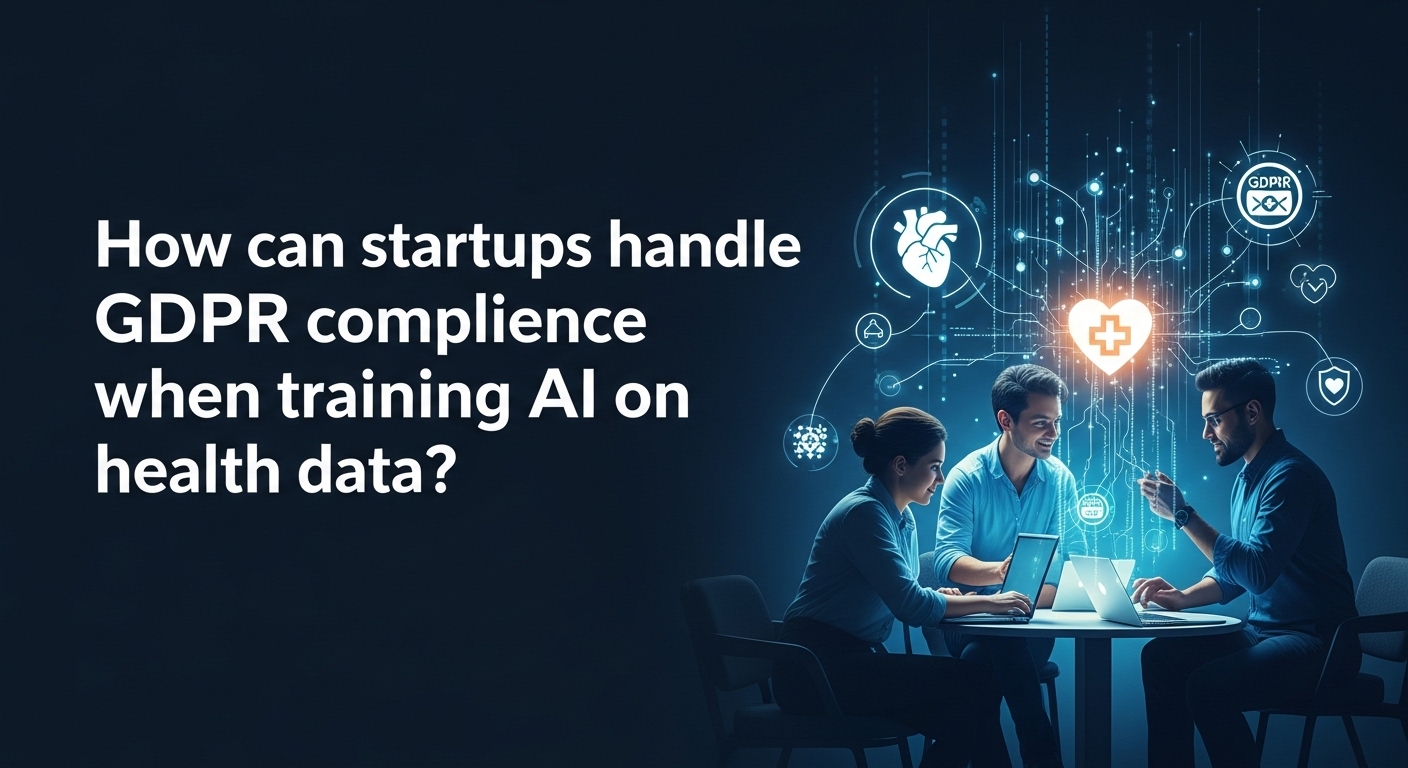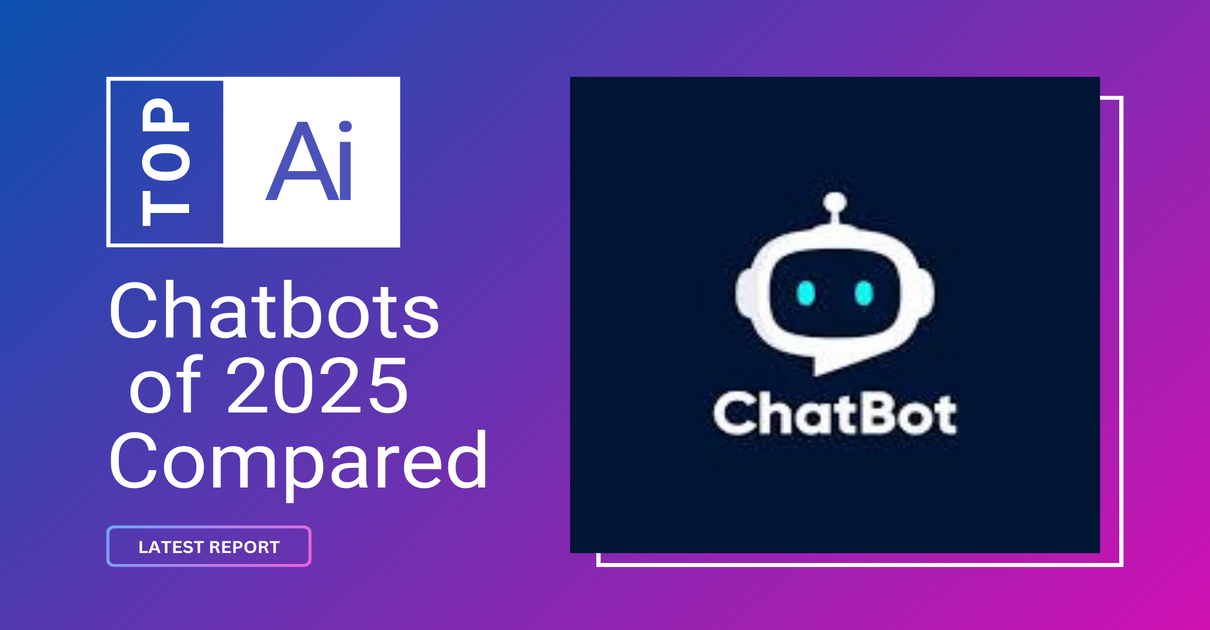The Hidden AI Revolution: Why 50% of American Workers Use AI in Secret
Half of U.S. employees are quietly turning to AI tools like ChatGPT, Gemini, and Claude—without telling their bosses. Welcome to the rise of the Shadow AI Productivity Economy.
Introduction: The Silent Shift Happening in U.S. Workplaces
Imagine this: your team delivers results faster than ever, but you don’t know why. The truth? At least half of American workers admit to using AI secretly at work.
They aren’t just asking chatbots to summarize emails—they’re automating tasks, generating reports, and even creating presentations. This underground movement is reshaping workplace productivity, raising critical questions about trust, compliance, and the future of jobs.
In this article, we’ll uncover:
- Why employees are hiding AI usage
- The risks and benefits for organizations
- What managers and HR leaders should do
- How this “Shadow AI Productivity Economy” could redefine work
The Data: 50% of U.S. Workers Admit Using AI in Secret
According to recent surveys, half of American employees are actively using AI without informing managers. This number is climbing as generative AI tools become more accessible.
Key statistics:
- 50% of employees in the U.S. secretly use AI at work.
- Younger professionals (ages 18–34) are the most likely to hide AI use.
- Only 28% of employers have a clear AI usage policy.
This gap between policy and reality has fueled a parallel economy: the Shadow AI Productivity Economy.
Why Employees Use AI Behind the Scenes
So why the secrecy? Let’s break down the motivations:
1. Fear of Repercussions
Many companies still ban AI tools due to data privacy and compliance risks. Workers fear being reprimanded or even fired.
2. Productivity Pressure
Deadlines are tighter than ever. Employees find that AI helps them do more in less time, even if it means breaking the rules.
3. Lack of Clarity
Most organizations haven’t defined when and how AI should be used. This “policy vacuum” forces employees to self-govern.
4. Competitive Edge
Workers feel that using AI secretly helps them outperform peers and secure promotions.
Real-World Examples of Shadow AI Use
Here’s how employees are secretly leveraging AI tools at work:
| Task | AI Tool Example | Productivity Boost |
|---|---|---|
| Writing reports & memos | ChatGPT, Claude | Cuts drafting time by 70% |
| Creating presentations | Gamma, Tome | Faster design & visuals |
| Data analysis | Gemini, Copilot | Quick insights without Excel macros |
| Coding snippets | GitHub Copilot | Reduces debugging time |
| Customer emails | Jasper, Writer | Automates personalization |
Benefits of the Shadow AI Productivity Economy
While secret AI use raises concerns, it’s not all bad news. In fact, organizations may unknowingly benefit:
- Higher Output: Teams finish projects faster.
- Innovation: Workers experiment with AI to find creative solutions.
- Hidden ROI: AI productivity gains may already reflect in company growth.
Risks for Companies
But the risks cannot be ignored. Unregulated AI adoption can backfire:
- Data Security Breaches – Sensitive info may leak when entered into public AI models.
- Inaccurate Results – AI hallucinations can mislead decision-making.
- Ethical & Compliance Issues – Undocumented AI use violates laws in finance, healthcare, and government sectors.
- Loss of Trust – Managers may feel betrayed once secret use is revealed.
How Leaders Should Respond
Forward-thinking companies are not banning AI—they’re guiding it. Here’s how managers can take control:
- Draft a Clear AI Policy: Define which tools are approved, and for what tasks.
- Offer Training: Equip employees with responsible AI usage skills.
- Integrate Secure AI Platforms: Deploy enterprise AI with data safeguards.
- Foster Transparency: Encourage open AI use to remove the “secret” stigma.
The Future: Normalizing AI at Work
The Shadow AI Productivity Economy is only a transitional phase. Within the next 2–3 years, we’ll see:
- Mainstream AI integration into enterprise software.
- Mandatory AI ethics & compliance training.
- Growth of AI productivity tracking tools.
Much like the early days of the internet at work, what’s “forbidden” today will soon become standard.
FAQs: Shadow AI Productivity Economy
Q1. Why are employees hiding AI usage from their managers?
Because most organizations lack AI policies, workers fear repercussions even if AI boosts performance.
Q2. Is secret AI use helping or hurting businesses?
Both. It improves productivity but creates risks around compliance, data security, and trust.
Q3. What industries are most affected?
Tech, marketing, finance, and healthcare—sectors where tasks can be automated with generative AI.
Q4. How should companies regulate AI usage?
By introducing clear AI policies, offering training, and adopting secure enterprise AI tools.
Q5. Will the Shadow AI Productivity Economy disappear?
Yes, as organizations embrace transparent AI strategies, secret use will evolve into official workflows.
Conclusion: A Hidden Revolution No Company Can Ignore
The fact that half of U.S. employees already use AI in secret means the workplace revolution is here. Businesses have two choices:
- Ignore it and risk compliance breaches.
- Embrace it, regulate it, and unlock massive productivity gains.
The Shadow AI Productivity Economy isn’t a threat—it’s an opportunity. The real question is: Will your company adapt in time?
















[…] benefits, its unmanaged presence can also pose challenges to workplace mental health. The rise of Shadow AI and its impact on US worker productivity, for example, can introduce hidden stresses, ethical dilemmas, and a blurring of work-life […]